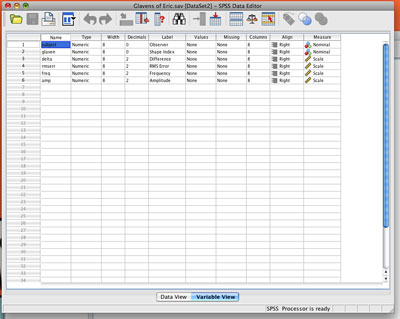
There are a number of studies of the susceptibility of Th40 cells in T1D and other autoimmune diseases. Th40 cells also occur at significantly increased percentages in human T1D subjects compared with those with type 2 diabetes (T2D) and healthy controls 12. Primary, peripheral Th40 cells successfully transfer T1D without additional requirements 8, 10, 11. While Th40 cells are present in non-autoimmune strains (up to 25%), they expand to approximately 60% of the CD4 + T cell compartment in non-obese diabetic (NOD) mice, a model for type 1 diabetes (T1D) and, coincidentally, a model for relapsing–remitting experimental autoimmune encephalomyelitis (EAE) 13. These cells were able to ablate CTLA-4 expression and indirectly impact tolerance in a neo-self antigen disease model 14. When a cognate antigen for a specific T cell receptor (TCR) is present, many more Th40 cells develop.

These cells concomitantly secrete IFN-r and IL-17 13.

Th40 cells, like regulatory T cells (Tregs), are developed in the thymus. Many T cell and B-cell abnormalities have been described in SLE, and this disease has been described to be a T cell-dependent autoimmune disease where CD4 + T cells play an important pathogenetic role 5, 6.ĬD4 +CD40 + T cells (Th40 cells) are a CD4 + T cell subset that expresses CD40, which is pathogenic in type I diabetes (T1D) 7, 8, 9, 10, 11, 12. The pathogenesis of SLE is complex, and it is thought that genetic susceptibilities and environmental factors play a key role in the development of SLE 1, 2, 3, 4. This disease is highly heterogeneous, and different patients may have distinct symptoms and clinical characteristics. Systemic lupus erythematosus (SLE) is a representative systemic autoimmune disease characterized by loss of tolerance to autoantigens, a variety of immune abnormalities, and a high titer of autoantibodies directed against nuclear components. Thus, Th40 cells may be used as a predictor for SLE disease activity and severity and therapeutic efficacy.

A significantly higher percentage of Th40 cells was found in SLE patients, and the Th40 cell percentage was associated with SLE activity. The percentage of Th40 cells in T cells from SLE patients (19.37 ± 17.43) (%) was significantly higher than that from healthy individuals (4.52 ± 3.16) (%) ( P 0.05). Systemic Lupus Erythematosus Disease Activity Index 2000 (SLEDAI-2000) was used to assess the SLE disease active state. Flow cytometry was used to identify the percentage of Th40 cells in peripheral blood from 24 SLE patients and 24 healthy individuals and the level of IL-2, IL-4, IL-6, IL-10, IFN-r, and TNF-α in serum (22 cases) from the SLE patients.

The aim of this study was to investigate the characteristics of CD4 +CD40 + T cells (Th40 cells) in Chinese systemic lupus erythematosus (SLE) patients.


 0 kommentar(er)
0 kommentar(er)
